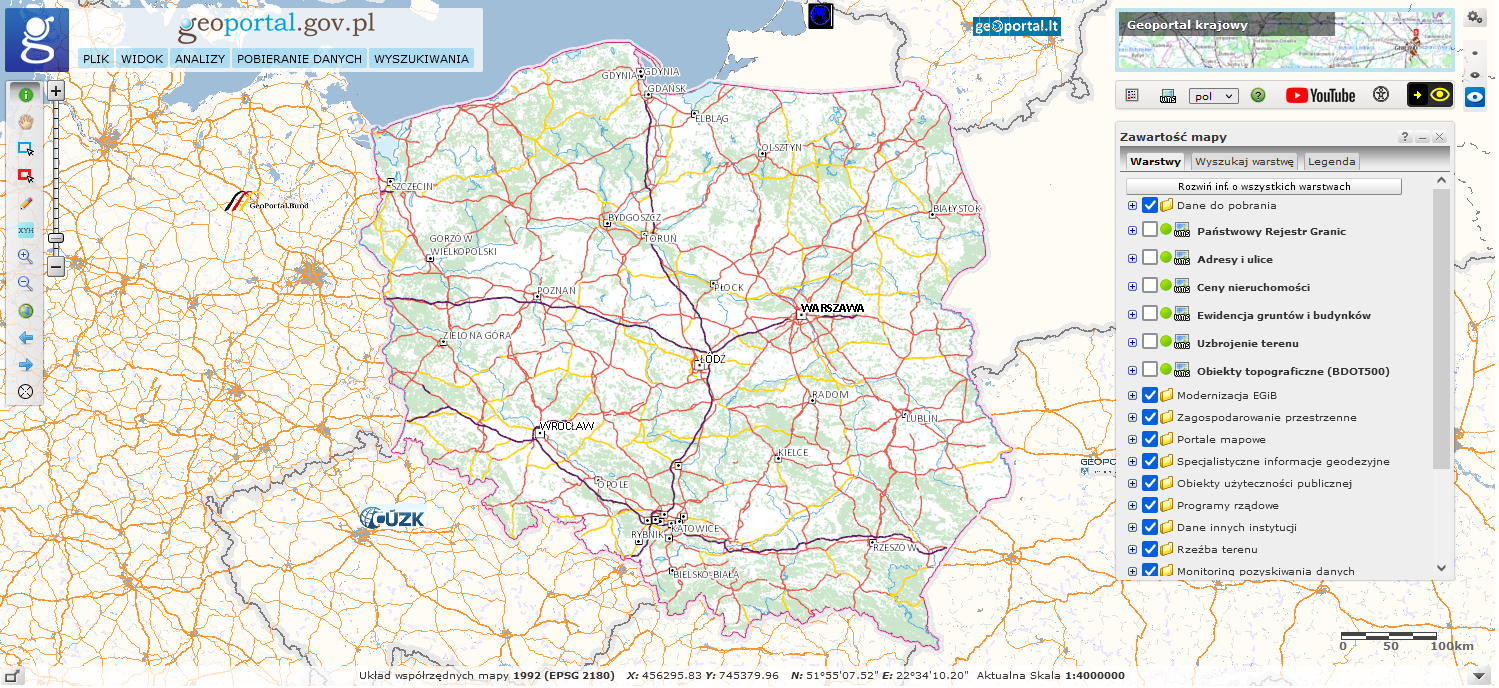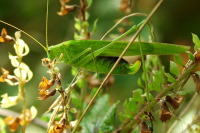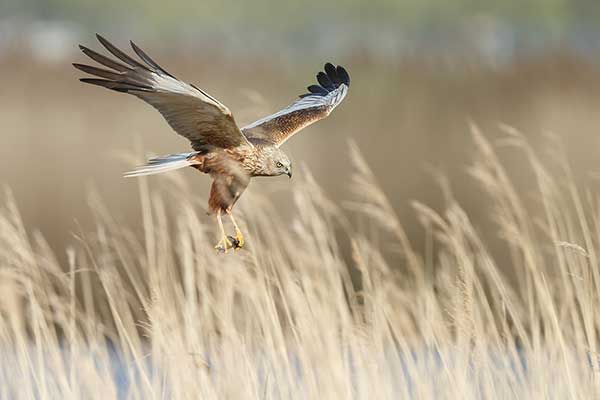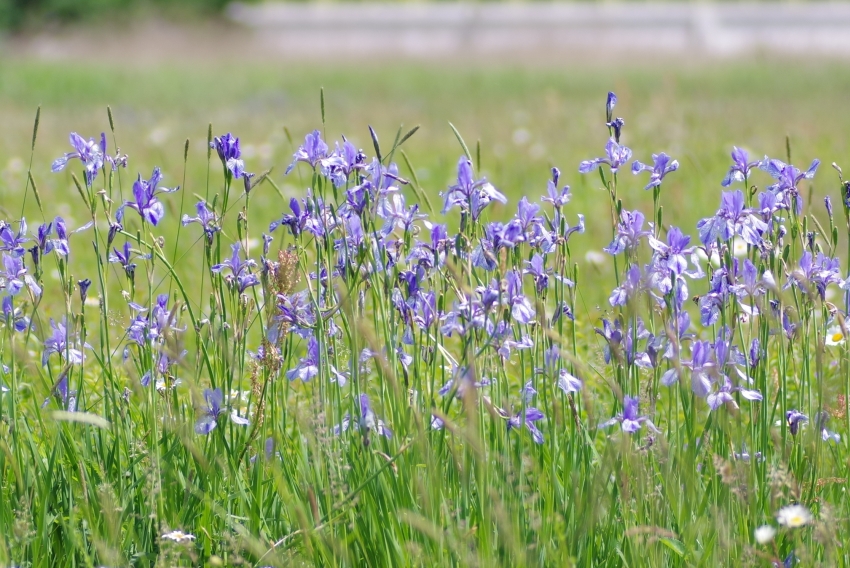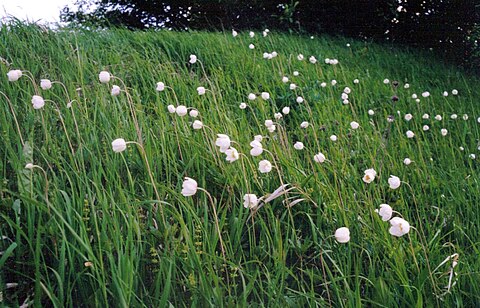Geoportal
Polski geoportal to kluczowe narzędzie cyfrowe, które umożliwia dostęp do szerokiej gamy danych geoprzestrzennych i informacji związanych z geografią Polski. Jego rozwój i implementacja stanowią ważny krok w kierunku cyfryzacji i udostępniania danych przestrzennych zarówno dla specjalistów w dziedzinie geografii…
Phaneroptera falcata, znany również jako świerszczak liściasty
To gatunek owada z rzędu prostoskrzydłych, należący do rodziny pasikonikowatych. Jest to stosunkowo duża i dobrze zbudowana prostoskrzydła, osiągająca długość ciała od 25 do 35 mm. Jego ciało jest delikatne i przypomina liść, co stanowi doskonałe przystosowanie do kamuflażu wśród…
Przykłady gatunków chronionych, których miejsca lęgowe znajdują się na polach rolnych.
Wśród gatunków pod ochroną, które wykorzystują pola rolnicze jako miejsce lęgowe, można wymienić kilka charakterystycznych przykładów. Jednym z nich jest błotniak stawowy (Vanellus vanellus), ptak z rodziny siewkowatych, który gniazduje na otwartych terenach, w tym na polach uprawnych. Błotniak stawowy…
Łąki trzęślicowe – łąki ze związku fitosocjologicznego
Łąki trzęślicowe są to ekosystemy, które charakteryzują się obecnością roślinności związanej głównie z gatunkami trzęślic (Festuca spp.). Te łąki zaliczane są do związku fitosocjologicznego Molinion, który obejmuje zbiorowiska roślinne o podobnych cechach ekologicznych i strukturze. Charakterystyczne dla tych łąk są…
Murawy ciepłolubne– murawy kserotermiczne i ciepłolubne
Murawy ciepłolubne, zwane również murawami kserotermicznymi, to specyficzne zbiorowiska roślinne charakteryzujące się wysoką temperaturą i nasłonecznieniem oraz ubogą w wodę i składniki odżywcze glebą. Te ekosystemy są zwykle zlokalizowane na terenach o umiarkowanym lub ciepłym klimacie, często na stokach wzgórz,…
Kołosz wielobarwny (Aculepeira ceropegia)
Pająki Kołosze wielobarwne spotyka się głównie w Europie, zwłaszcza w środkowej i południowej części kontynentu. Preferują tereny otwarte, takie jak łąki, pola uprawne i obrzeża lasów, gdzie mogą swobodnie budować swoje sieci łowne. Ich aktywność jest głównie nocna, chociaż można…

